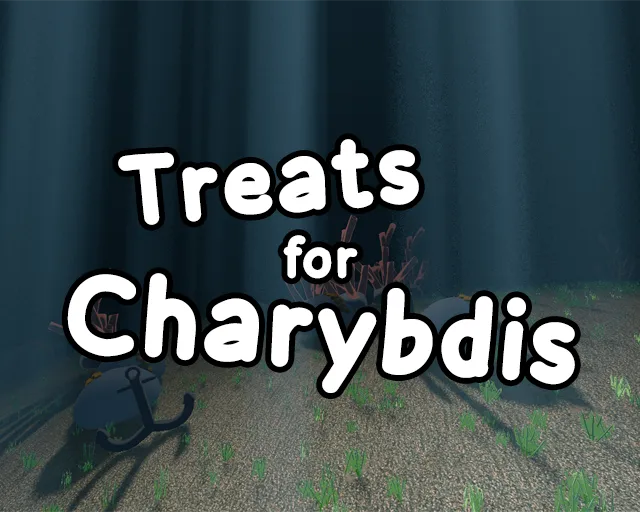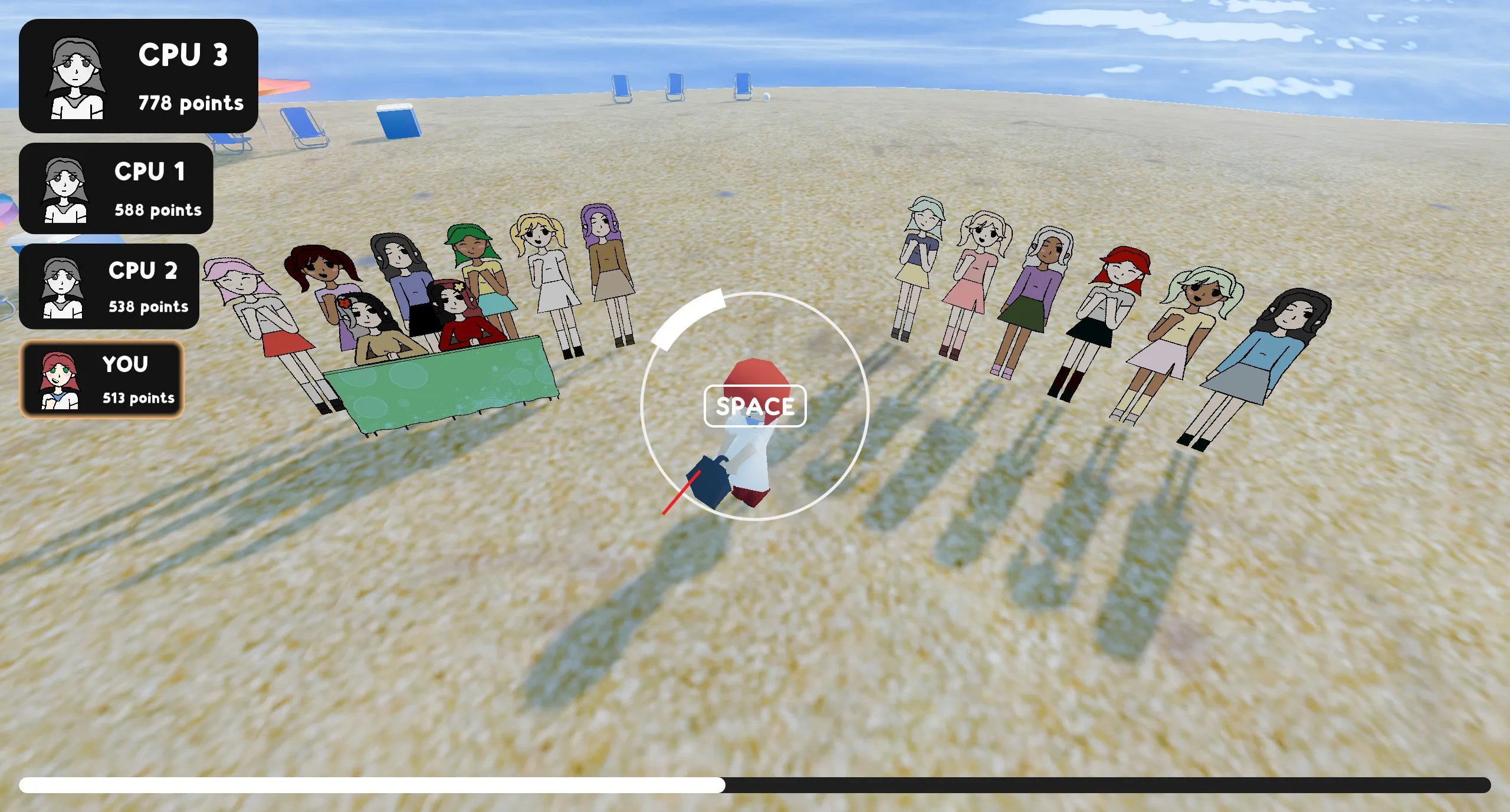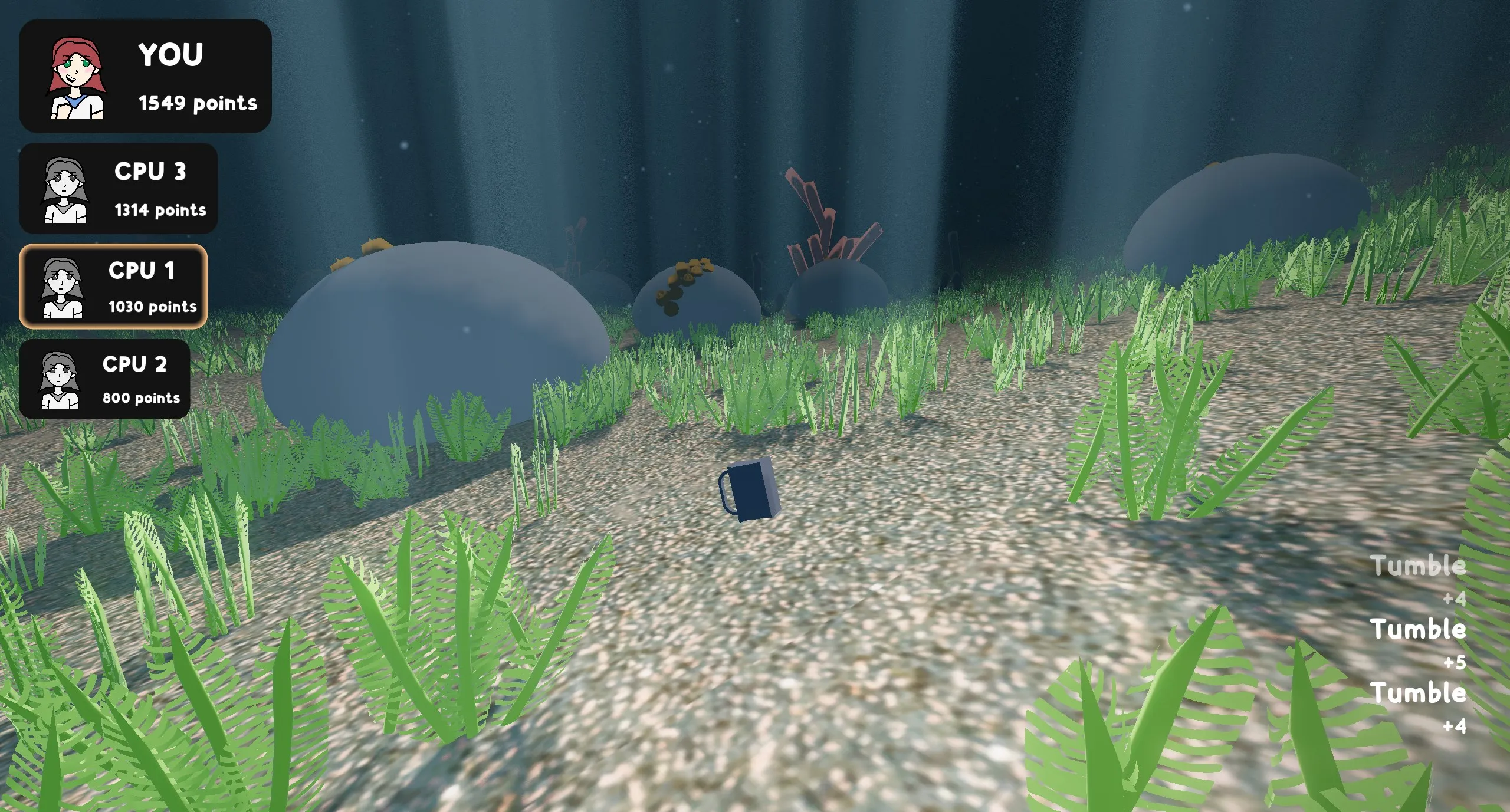
Ludum Dare 57 arrived with the theme depths, presenting our team with another opportunity to showcase our evolving game development skills and creative problem-solving abilities. After the lessons learned from previous Ludum Dare entries, we approached this jam with refined processes and ambitious creative goals.
“Treats for Charybdis” emerged from our brainstorming around environmental themes and internet culture, specifically the meme about throwing car batteries into the ocean. We decided to embrace the absurdity through an engaging physics-based game.

Primary Technologies:
Systems Implemented:
Rationale Behind Technology Choices: Building on our previous Godot experience, we focused on pushing the engine’s physics capabilities to create satisfying throwing mechanics. The engine’s integrated physics system allowed us to achieve realistic object interactions without external dependencies, maintaining our rapid development workflow.
Physics Implementation:

Physics Programming: Developing Treats for Charybdis provided deep experience with physics programming and environmental simulation. Working with Godot’s physics engine taught valuable lessons about optimization, realistic object behavior, and creating satisfying player feedback through mechanical design.
Technical Skills Development:

Jam Results:
Technical Innovation Recognition: The physics-based gameplay and environmental simulation techniques developed for Treats for Charybdis demonstrate the potential for game jams to explore serious themes through engaging mechanics. The project showcases how entertainment and environmental awareness can be effectively combined in interactive media.
Future Applications: The physics simulation and environmental storytelling techniques developed for this project have applications in educational games, environmental awareness campaigns, and physics-based puzzle games. The technical solutions continue to influence approaches to meaningful game design in subsequent projects.